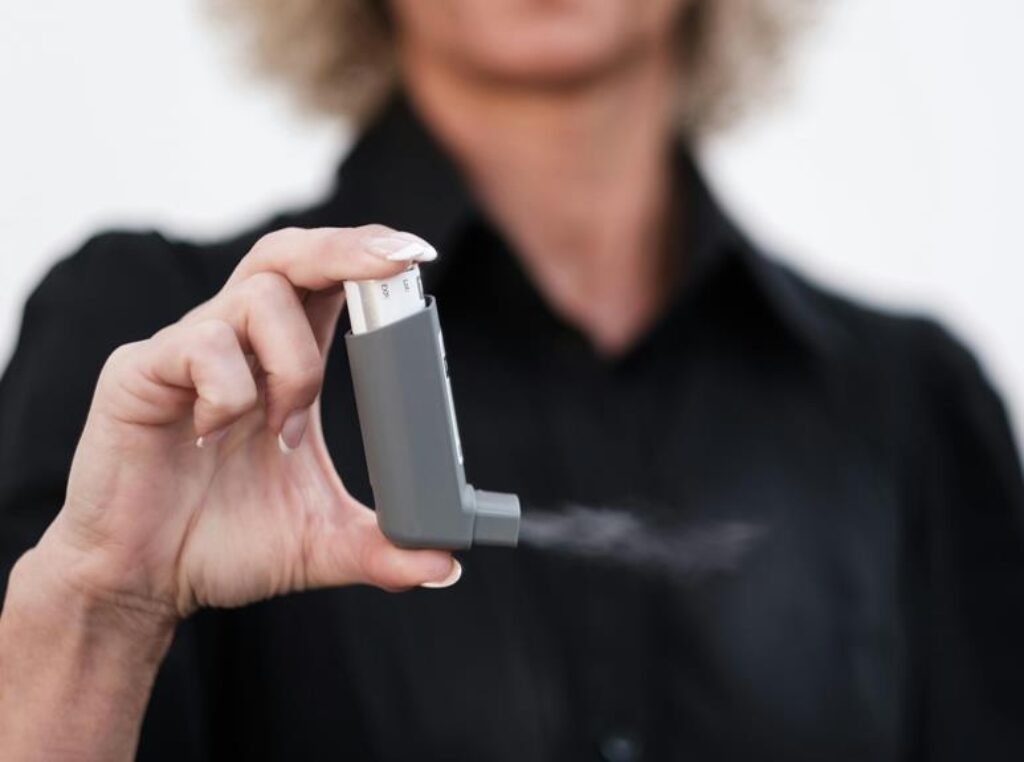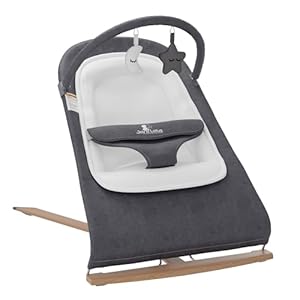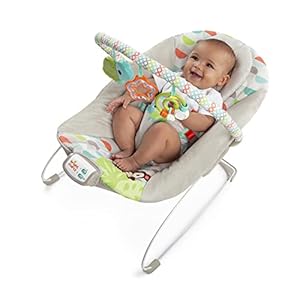
When it comes to mealtime safety, ensuring you take proactive steps to prevent choking incidents is crucial. From your eating habits to the way you prepare and consume food, there are various measures you can implement to safeguard against potential risks. By understanding the key strategies and being mindful of your approach, you can significantly reduce the chances of encountering a choking episode. Stay tuned to discover practical tips that can help you create a safer dining environment and enjoy your meals with peace of mind.
Choking Risk Factors
To prevent choking during mealtime, you should be aware of common risk factors that can increase the likelihood of an incident occurring. One significant risk factor is eating too quickly. When you eat rapidly, you may not chew your food thoroughly, leading to larger chunks that could potentially block your airway.
Another risk factor to consider is eating while lying down or reclining. This position can make it easier for food to go down the wrong way, increasing the risk of choking. Additionally, consuming excessive amounts of alcohol before or during a meal can impair your coordination and swallowing reflexes, making choking more likely.
It’s also essential to be cautious with certain foods, such as hard candies, nuts, and seeds, which are small and hard to chew completely. Foods like hot dogs, grapes, and popcorn also pose a higher choking risk, especially for young children. By being mindful of these common risk factors, you can help reduce the chances of choking incidents during mealtime.
Food Preparation Techniques
Using sharp knives and proper cutting techniques is crucial in preventing choking incidents during mealtime. When preparing food, make sure to cut items like meat, fruits, and vegetables into bite-sized pieces that are easy to chew and swallow. Avoid leaving large chunks or irregular shapes that could pose a choking hazard, especially for young children and elderly individuals.
Additionally, be mindful of the texture of the food you’re serving. For example, cook vegetables until they’re soft and easy to mash with a fork, especially for individuals who’ve difficulty chewing. Similarly, opt for softer types of bread and cut them into smaller pieces to reduce the risk of choking.
It’s also important to remove bones from meat and fish before serving them. Small bones can easily get lodged in the throat and cause choking. When preparing meals, take the time to inspect the food for any potential hazards and make the necessary adjustments to ensure a safe dining experience for everyone.
Safe Eating Habits
Practice mindful chewing to prevent choking incidents during mealtime. When you take the time to chew your food thoroughly, you reduce the risk of large pieces getting stuck in your throat. Avoid rushing through your meals, as this increases the chances of choking. It’s important to focus on your food while eating and avoid distractions like watching TV or using your phone. By being present and attentive during mealtime, you can better monitor your chewing and swallowing process.
Another safe eating habit to prevent choking is to cut your food into small, manageable pieces. This is especially important for young children and older adults who may have difficulty chewing larger chunks of food. Additionally, be sure to avoid talking or laughing while you have food in your mouth, as this can lead to choking if you accidentally inhale while speaking.
Choking First Aid
During a choking emergency, promptly assess the situation and take immediate action to assist the individual in need.
If someone is coughing forcefully, encourage them to keep coughing to try and dislodge the object causing the blockage. However, if the person can’t cough, speak, or breathe, then the Heimlich maneuver may be necessary.
Stand behind the person, wrap your arms around their waist, make a fist with one hand, place it slightly above the navel and below the ribcage, grab your fist with your other hand, and press into the abdomen with a quick upward thrust. Repeat this motion until the object is expelled.
If the person becomes unconscious, lower them to the ground, call emergency services, and start CPR. Remember to always stay calm and act quickly during a choking emergency to provide the best possible chance of aiding the individual in distress.
Child-Specific Precautions
To ensure the safety of children during mealtime, be mindful of their eating habits and environment. Children should always be seated while eating and supervised to prevent choking incidents. Encourage them to chew their food thoroughly and avoid talking or laughing with a mouthful. Cut their food into small, manageable pieces, especially for younger children or those with difficulty chewing.
Avoid giving them hard candies, nuts, seeds, whole grapes, or popcorn, as these can be choking hazards. Be cautious with foods like hot dogs and sausages, which should be sliced lengthwise and then into small pieces to prevent choking. Teach children to eat slowly and not rush through their meals. Additionally, keep small objects and toys away from the eating area to prevent distractions that could lead to choking.
Baby products














